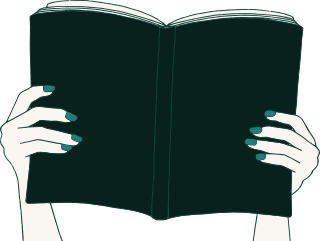When Joke Van Leeuwen states that her books are for “starting and other humans”, she means that she writes her books with the belief that both children and adults can enjoy them. Rather than seeing children as “less developed” or “radically different”, the children’s book author believes in the kinship model (Gubar) – the idea that children and adults are fundamentally related or similar. Because “being a child” as well as “being an adult” play a key role in children’s literature and their adaptations, Frauke Pauwels explores in this article whether children’s books and their adaptations can be used as intergenerational communication tools to improve understanding between young and old. Drawing on insights from children’s literature studies, age studies and adaptation studies, two books by Joke Van Leeuwen and their film adaptations are examined: Iep! (Eep!, 1996) and Toen mijn vader een struik werd (When my father became a bush, 2010).
Frauke Pauwels examines whether and how these works succeed in interpreting or conveying the kinship model or invite audiences to question age norms. This analysis yields the insight that both the two books and their adaptations address and expose the taken-for-grantedness of certain ideas about age, and that children’s literature can certainly be a playing field on which diverse interpretations of age expectations can challenge and enrich each other. However, it appears that most adults still judge the film adaptations predominantly from their beliefs about what children are able to understand and like – based on their own adult interpretation of the concept of childness (Hollindale). In short, cultural and personal visions of what it means to be a child may (still) limit the intergenerational understanding that children’s and adolescent literature and their film adaptations could foster.
Pauwels, Frauke. ‘Ook geschikt voor volwassenen: Twee jeugdromans van Joke van Leeuwen en hun adaptaties als stapsteen naar intergenerationeel begrip’.
Cahier voor Literatuurwetenschap, vol. 14, 2023, pp. 157–168.
